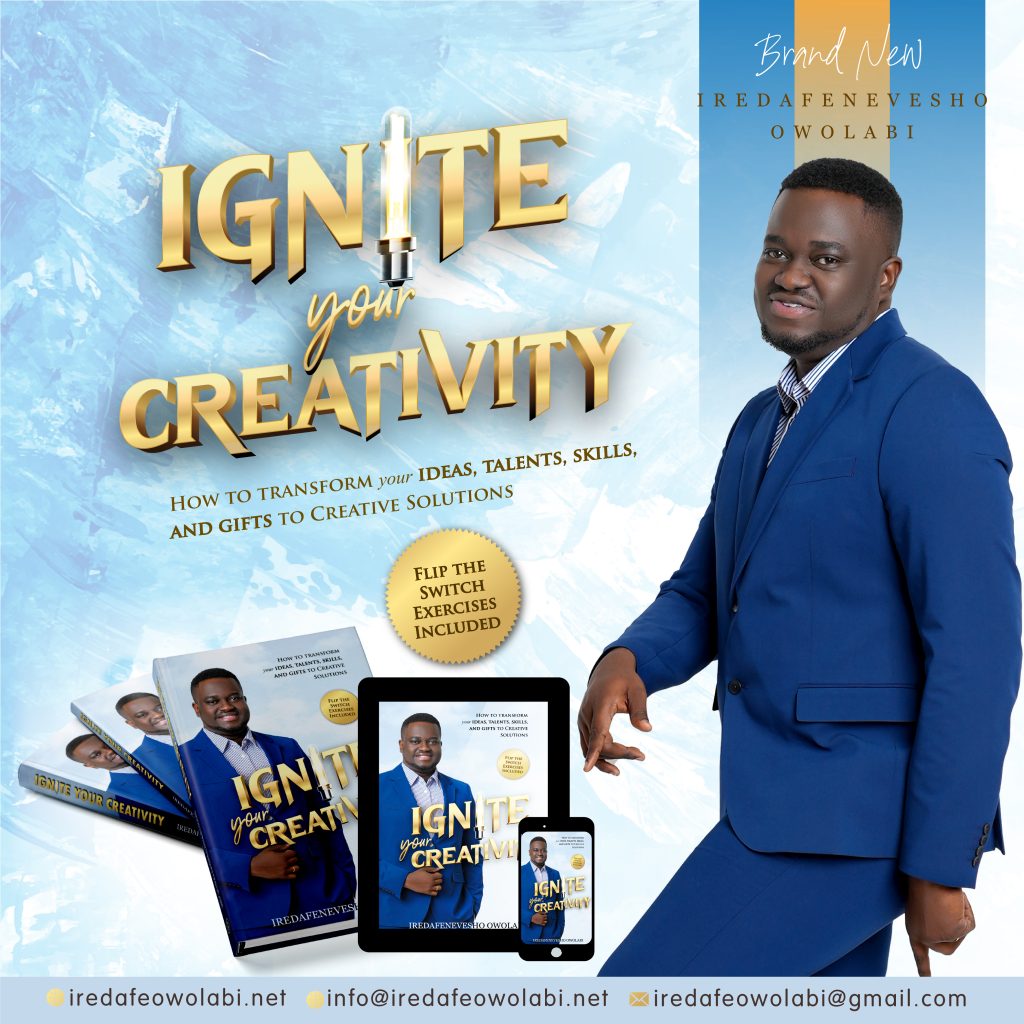2 Types of Creativity and How to Easily Leverage Them

Creativity is the lifeblood of innovation and progress. It fuels our ability to think beyond the boundaries of what already exists and envision new possibilities. Before going into the types of creativity, I will like to give you a quick review of what creativity is. My most concise definition of creativity is simply to think differently and do differently.
If you would like to really understand what creativity is all about before delving into the types of creativity, then read this blog: What is Creativity? Here is My Powerful 7-Sided Definition!

When it comes to creativity, there are two primary types: creating from nothing and creating from something. In this blog, we will explore these two distinct forms of creativity and delve into effective ways to harness their power to unlock your full creative potential.
Click to jump ahead
ToggleHow I came about the Types of Creativity
Now, you may want ask how I came about this so let me tell you. There are two very important Hebrew words that were used frequently in the Bible when describing the creation account. In the beginning when God created the heavens, the earth, the sun, the sky, the beasts of the field, the birds of the air, the trees and the plants, these two Hebrew words were uniquely used.
The first is “bara” while the second is “asah”. The Hebrew word “bara” is usually used mostly when God is the subject of creation. At such scenarios “bara” was always used to indicate that the object or concept that God created was brought into existence out of nothing or out of previously nonexistent material.
The second word that is often used in relation to creation all through the Bible is the Hebrew word “asah”. This word actually means to “make”. Whenever this word “asah” is used, it usually connotes that the object in question was fashioned out of already existent material. For more on this, you can check out my book titled “Unlocking your Kingdom Creativity“.

Part 1: Creating from Nothing – The Art of Imagination
Creating from nothing is often associated with the purest form of creativity. It involves starting with a blank canvas or blank sheet of paper and using your imagination to give shape to novel ideas, concepts, or works of art. Here are some key aspects of this type of creativity:
1. Leverage Curiosity:
Curiosity is the spark that ignites the imagination. To create from nothing, you must cultivate a sense of wonder about the world and be open to exploring new ideas and perspectives. This is where understanding the creative power of questions can make a difference. Check out this blog for more on this: The Creative Power of Questions: 5 Keys to Innovative Discoveries

2. Engage in Frequent Reflection:
Solitude provides a fertile ground for the mind to wander freely. Take time to disconnect from distractions and engage in introspection, allowing thoughts to flow organically.
3. Mindstorming and Meditation:
Practices like mindfulness and meditation can help calm the mind and tap into the deeper recesses of creativity. They allow for a clear mental space where ideas can arise and take shape. For more insights on mindstorming, check this article: 6 Easy Steps to Solve Problems with Mindstorming.
4. Divergent Thinking:
Intentionally practice divergent thinking, which involves generating multiple solutions to a single problem. Think beyond the obvious and conventional, exploring uncharted territories of imagination. For details on how divergent thinking can boost your creativity, read this article: How Divergent Thinking Can Quickly Boost Your Creativity.

5. Play and Experimentation:
Don’t take yourself too seriously. Sometimes great discoveries are made in a more relaxed atmosphere if you are sensitive enough. Playfulness is crucial to creating from nothing. Engage in creative exercises, experiments, and games to explore new avenues of thought.
Part 2: Creating from Something – The Art of Innovation
Creating from something involves taking existing ideas, concepts, or materials and transforming them into something new and original. This form of creativity often underlies innovation in various fields. Here’s how to use it effectively:
1. Knowledge and Research:
To create from something, you must first immerse yourself in knowledge. Research extensively, learn from existing works, and understand the subject deeply.
2. Combining Ideas:
The ideation phase of creativity often involves connecting seemingly unrelated concepts. Look for patterns, analogies, and connections between different domains to spark fresh ideas. You can learn more about brainstorming ideas in this blog.
3. Iterative Process:
Creation from something is rarely a one-shot deal. Embrace an iterative process, where you continuously refine and evolve your ideas based on feedback and new insights.
4. Problem-Solving:
Identify challenges or gaps in existing concepts and strive to solve them creatively. Innovations often arise from addressing real-world problems with ingenuity. For more insights into how to be better at problem solving, see: 14 Strategies to Develop Your Problem Solving Skills Profitably

5. Collaborative Efforts:
Engage in brainstorming sessions and collaborate with others. Diversity of perspectives can lead to innovative breakthroughs.
Part 3: Balancing the Two Types of Creativity
While creating from nothing and creating from something are distinct approaches, they are not mutually exclusive. In fact, the most successful creators often find a balance between the two. Here’s how to harmonize these types of creativity:
1. Cross-Pollinate:
Intentionally apply insights and ideas from one domain to another. Allow the imagination to draw from existing knowledge while giving it the freedom to transcend those boundaries.
2. Embrace Constraints:
Instead of viewing constraints as barriers to creativity, see them as challenges that stimulate innovation. Creativity often flourishes within limits.
3. Connect the Dots:
Use mind mapping techniques to visually connect ideas and concepts. This helps in identifying potential areas of intersection between the two types of creativity.
4. Get in the Zone:
By this, I mean you should seek to enter the state of flow, where you are fully immersed in your creative process. In this state, both types of creativity can seamlessly merge, leading to astonishing results.
Grab my latest book titled “Ignite Your Creativity” here.

Conclusion
Creativity is a boundless force that resides within every individual. Understanding the two types of creativity – creating from nothing and creating from something – empowers us to tap into our full imaginative potential. Embrace curiosity, be open to experimentation, immerse yourself in knowledge, and balance both forms of creativity to drive innovation in your pursuits.
Whether you are an artist, a scientist, an entrepreneur, or a dreamer, these two types of creativity can fuel your journey to manifest new and extraordinary creations that shape the world around you. Embrace the power of creativity and let your imagination soar.
Feel free to drop your comments and questions below. If you would like to invite me to speak at your event, you can do so here.



